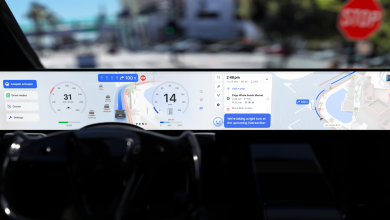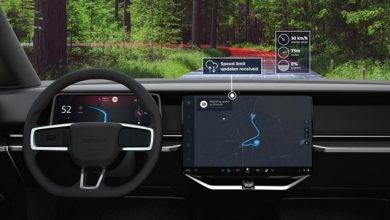IIHS study finds drivers significantly more likely to speed while using adaptive cruise control
Drivers are using adaptive cruise control (ACC) as a tool for speeding, possibly undermining the feature’s potential safety benefits, according to a new study by researchers from the Insurance Institute for Highway Safety (IIHS) with colleagues from MIT.
Drivers are substantially more likely to speed when using ACC or partial automation that combines that feature with lane centering (Pilot Assist) (95%) than when using manual control (77%), the study showed. When selecting a speed to “set and forget,” many drivers choose one that’s over the limit.
An analysis of insurance claims data by the IIHS-affiliated Highway Loss Data Institute and other research indicate that ACC may lower crash risk. Other studies have shown that these systems maintain a greater following distance at their default settings than most human drivers and suggested that they reduce the frequency of passing and other lane changes.
To find out the impact ACC and lane centering technologies have on speeding, IIHS researchers analyzed the behavior of 40 drivers from the Boston metro area over a four-week period using data collected by the Massachusetts Institute of Technology’s Advanced Vehicle Technology Consortium. These drivers were provided with a 2016 Land Rover Range Rover Evoque outfitted with ACC or with a 2017 Volvo S90 equipped with ACC and Pilot Assist—a partial automation system that combines ACC with lane centering.
The data suggest that drivers were 24% more likely to drive over the speed limit on limited-access highways when those systems were turned on. The amount by which they exceeded the speed limit when they did speed was also greater when they were using the driver assistance features compared with driving manually.
Whether driving manually or using ACC or Pilot Assist, speeders exceeded the limit by the largest margin in zones with a 55 mph limit. In these areas, speeders averaged about 8 mph over the limit, compared with 5 mph in 60 mph and 65 mph zones. ACC also had the largest impact on how much they exceeded the limit in zones where it was 55 mph. In these slower zones, they averaged a little more than 1 mph higher over the limit when using ACC or Pilot Assist than they did driving manually.
That 1 mph increase may not sound like much. Leaving aside any other effect these features may have on crash risk, however, it means ACC and partial automation users are at about 10% higher risk of a fatal crash, according to a common formula for calculating probable crash outcomes. This study did not analyze real-world crashes.
The study did not account for several other factors that have been shown to reduce crash frequency and severity. For instance, it’s possible that drivers who set their systems at higher speeds also selected a greater following distance. ACC systems are also designed to respond sooner and less abruptly than human drivers when the vehicle ahead slows down.





